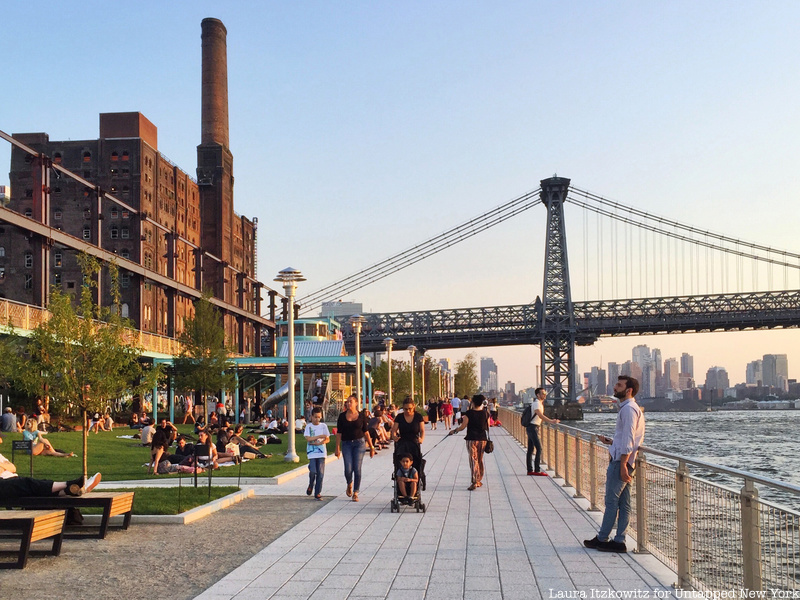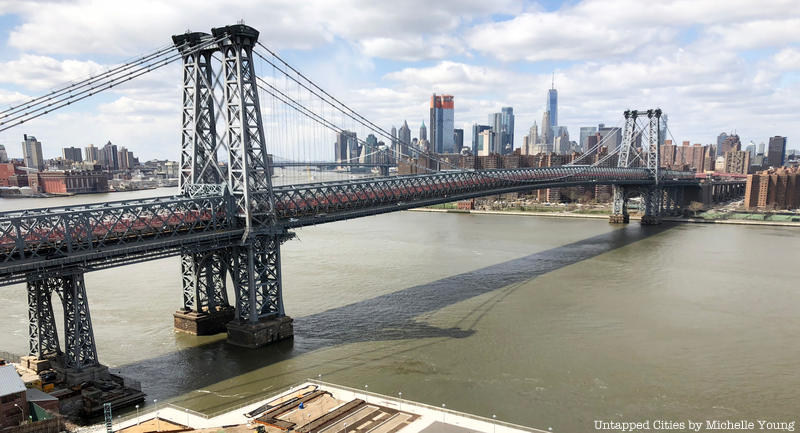
With hip restaurants, dimly lit bars, artisan boutiques, street art murals, and soaring real estate prices, Williamsburg might be Brooklyn’s trendiest neighborhood. Like it or not, it’s the neighborhood that defines Brooklyn’s international reputation. Of course, it wasn’t always that way — Williamsburg has evolved many times over the course of its 300+ year history.
Brooklyn — or Breuckelen, as it was originally known — was first settled in 1636 by Dutch farmers, who eventually spread to Bushwick and Williamsburg in 1660. Brooklyn was originally incorporated as its own city in 1834 and in 1855, Bushwick and Williamsburg were annexed to it. It didn’t become a borough of New York City until 1898.
For much of the 20th century, Williamsburg was a working class neighborhood, initially populated by immigrants who fled the tenements of the Lower East Side after the Williamsburg Bridge was built. Factories producing everything from sugar to glassware lined the waterfront, and some of their vestiges have been transformed into hip hotels, apartment complexes, and parks. When industrial production declined in the 1960s, the neighborhood did too — until the late ’90s, when artists and other creatives priced out of Soho started moving here and catalyzed a renaissance.
Even if you think you know everything about Williamsburg, you might be surprised by some of the hidden history and quirky places we dug up. From the inspiration for the Williamsburg Bridge to the location of the world’s smallest cinema, here are 10 fascinating secrets about Williamsburg.
1. The Williamsburg Bridge’s design may have been inspired by the Eiffel Tower

The Williamsburg Bridge may be considered one of the city’s ugliest bridges, but its chief engineer Leffert Buck may have been inspired by the Eiffel Tower. Indeed, he had previously worked with Gustav Eiffel, which may account for the similarities between the bridge and Paris’s famous tower. To be fair, the Eiffel Tower wasn’t particularly well received either when it first opened.
When the bridge opened in 1903, it was the longest suspension bridge in the world. Leffert chose to use steel because it was lighter and stronger than stone and the construction process was much simpler. It took half as long to build the Williamsburg Bridge as it took to build the Brooklyn Bridge (seven years versus 13). When it first opened, it became known as the “Jews’ Highway” because so many Jewish immigrants fled the Lower East Side‘s tenements, changing the ethnic makeup of the neighborhood, which until then was mostly German and Irish.





